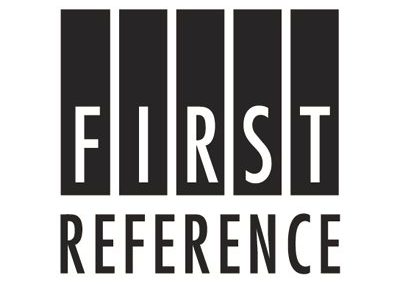On July 27, 2016, a report concerning possible changes to the Employment Standards Act (the ESA) was released following extensive public consultations.
This blog addresses three of the 50 or so issues that are raised in this report. Over 225 options to address these issues are contained in this report.
1. Who is an employee?
For various reasons, individuals and employers sometimes mutually agree that the individual is an independent contractor (as opposed to an employee), which disentitles the person to the protections of the ESA such as the right to vacation pay, statutory holiday pay, overtime pay, termination and severance pay. According to the report, these self-employed persons account for about 12 per cent of the Ontario workplace. The courts and administrative tribunals have been applying the same legal test for many years to determine whether a person is an employee or an independent contractor. The authors discuss the concept of “dependent” contractor, which is legally recognized in some contexts and I would not be surprised if the authors recommend that the ESA be amended so that dependent contractors are covered by some provisions in the ESA. This would have a significant impact on any employers who currently retain contractors who are financially dependent on that one employer for most of their income.
2. Who is an employer?
The ESA contains a related employer provision, which requires a related employer to assume certain obligations under the ESA if the intent or effect of a corporate structure is to defeat the purpose of the ESA. Given the amount of ink that the report devotes to this topic I suspect the authors may recommend that the definition of employer be expanded and that all related employers – however defined – will be jointly and severally liable for ESA violations. This will be of particular interest to franchisors and franchisees. It may also significantly expand the reach of the severance pay provisions of the ESA if the combined payroll of two or more related employers exceeds $2.5 million.
3. Should some non-union employees have the right to be reinstated to their jobs if they are terminated without just cause?
This right currently exists for most unionized employees, non-unionized employees governed by the Canada Labour Code, and non-unionized employees working in Nova Scotia and Quebec. Human rights adjudicators also have the power to reinstate terminated employees and an adjudicator recently ordered an employer to reinstate a terminated employee and pay her 10 years’ back pay. In each of the jurisdictions where the right to reinstatement is found, some exemptions exist. If the ESA were amended so that employees have the right to be reinstated, then employees would have an extra bargaining chip in termination situations and I suspect settlement costs would start to trend upwards.
I suspect the authors of this report will be recommending changes to the ESA in their final report. I will keep you posted. In the meantime, the public is invited to make submissions on the issues and options raised in the interim report.
For over 25 years, Doug MacLeod of the MacLeod Law Firm has been advising employers on all aspects of the employment relationship. If you have any questions, you can contact him at 416 317-9894 or at [email protected].



















